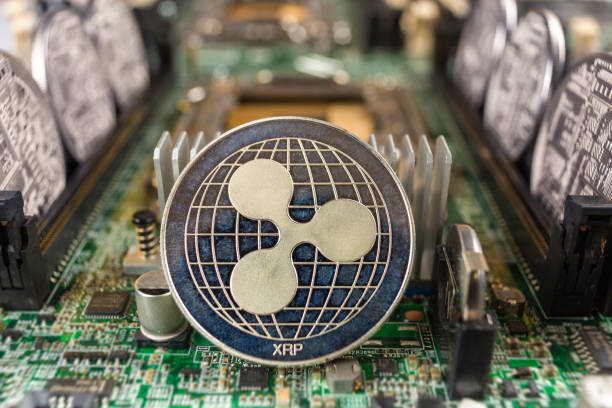In the rapidly evolving world of cryptocurrency, transparency and security have become critical concerns for investors and enthusiasts alike. As digital currencies gain momentum, the mechanisms behind their trading volumes and price movements require greater scrutiny. Recent revelations from an XRPL validator, operating under the pseudonym “Grapedrop,” have brought to light intriguing patterns of trading activity in the XRP network. These patterns may indicate manipulation, raising questions about their impact on market integrity and investor trust.
Potential Trading Manipulation on the XRP Ledger: An In-Depth Analysis
Allegations of Wash Trading Discovered by an XRPL Validator
Among the approximately 1,000 XRPL nodes, only 150 to 170 serve as active validators. Grapedrop, or “Grape,” is one such validator, actively monitoring network transactions since July 12, 2025. With keen oversight capabilities, Grape utilizes a custom Python tool designed to identify and flag transactions exceeding 10,000 XRP. This proactive approach has uncovered a series of high-value transfers, indicating potential wash trading activities on the XRP Ledger.
These transactions, often involving well-known exchanges like Bitget and Binance, frequently consist of substantial sums such as 49,900 XRP, 67,655 XRP, and 146,757 XRP. Captured screenshots reveal repetitive transfers occurring multiple times per hour, contributing to volumes numbering in the thousands each day. This data, sourced from Grape’s continuous analysis, raises concerns about market manipulation and its implications.
Implications of Price Manipulation in XRP Trading
Grape suggests that the price of XRP is frequently derived from volume-weighted averages. Consequently, the systematic movement of large XRP amounts between exchanges might artificially inflate these averages, leading to skewed market cap calculations. This phenomenon, commonly known as wash trading, can create a deceptive aura of heightened demand, potentially ensnaring unwary investors or automated trading systems.
While reactions to Grape’s findings are mixed within the crypto community, significant attention has been directed at the potential for these activities to manipulate XRP prices. Notable figures like “Crypto Bitlord,” a popular figure on social media, have publicly acknowledged the possibility of such manipulations, further amplifying these concerns.
Examining the Evidence: A Work in Progress
Despite the compelling data presented by Grapedrop, definitive proof of price manipulation remains elusive. Grape continues to refine his analytical tools, aiming to provide deeper insights into these trading patterns. As the community waits for further developments, the price of XRP has shown fluctuations, reflecting an ongoing state of uncertainty and speculation.
FAQs
What is wash trading, and how does it affect cryptocurrency markets?
Wash trading involves buying and selling the same financial instruments to create misleading activity, often inflating volumes and misleading investors. In the cryptocurrency market, it can misrepresent demand, affect price perceptions, and potentially manipulate market valuations.
How can investors protect themselves from potential market manipulation?
Investors should conduct thorough research, stay informed about market developments, and use reliable platforms like Finances Zippy to access real-time data and expert insights. Diversifying portfolios and exercising caution when interpreting unusually high trading volumes can also mitigate risks.
Can a validator like Grape genuinely detect market manipulation?
While validators like Grape can highlight suspicious patterns, definitive proof requires comprehensive analysis and collaboration with exchanges. Their findings often serve as initial indicators prompting deeper investigations by regulatory authorities and the broader crypto community.
As the cryptocurrency landscape evolves, vigilance and technological innovation remain paramount. Grapedrop’s ongoing efforts to shed light on trading activities on the XRP Ledger underscore the essential role of transparency and accountability in sustaining trust and integrity within digital markets.

